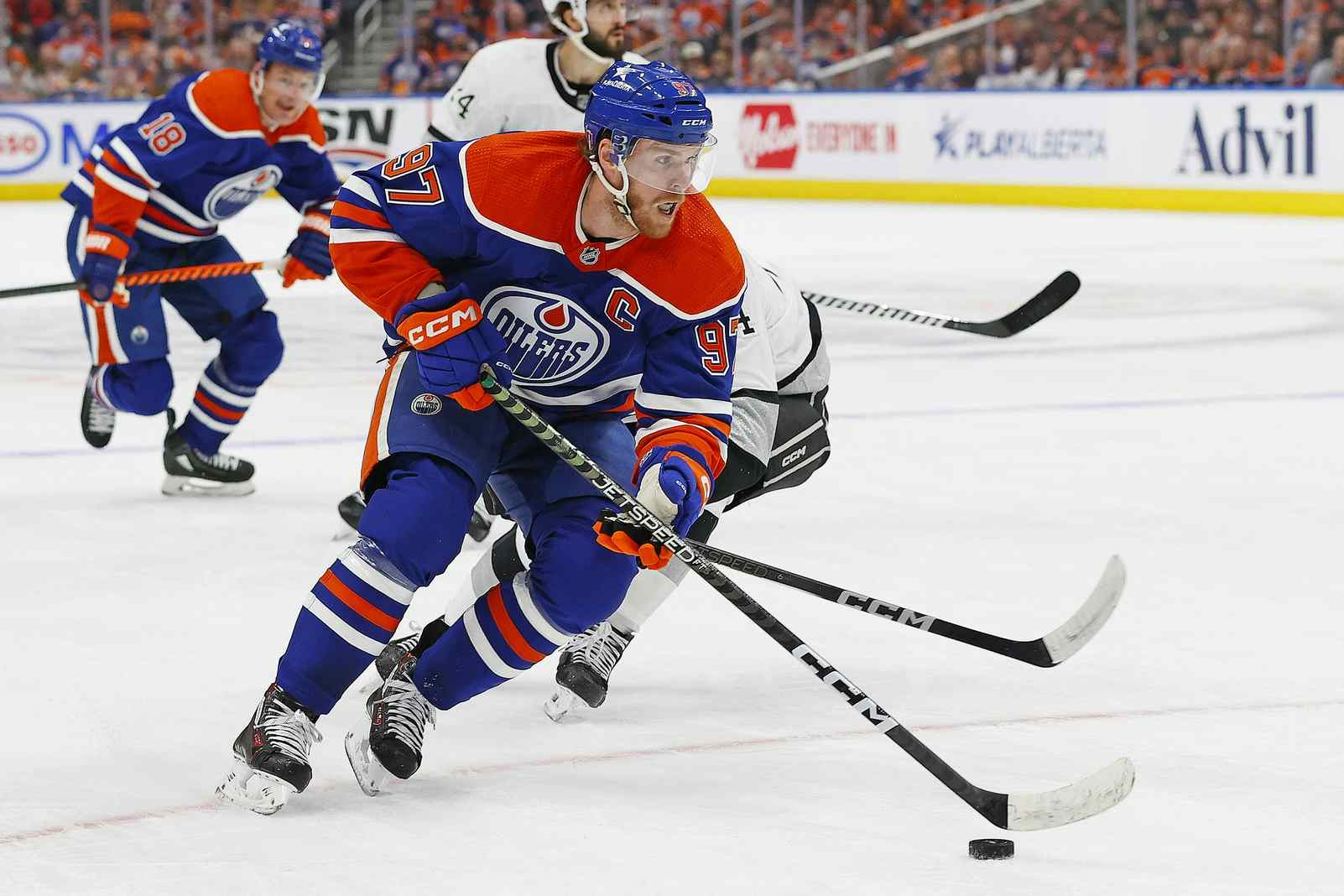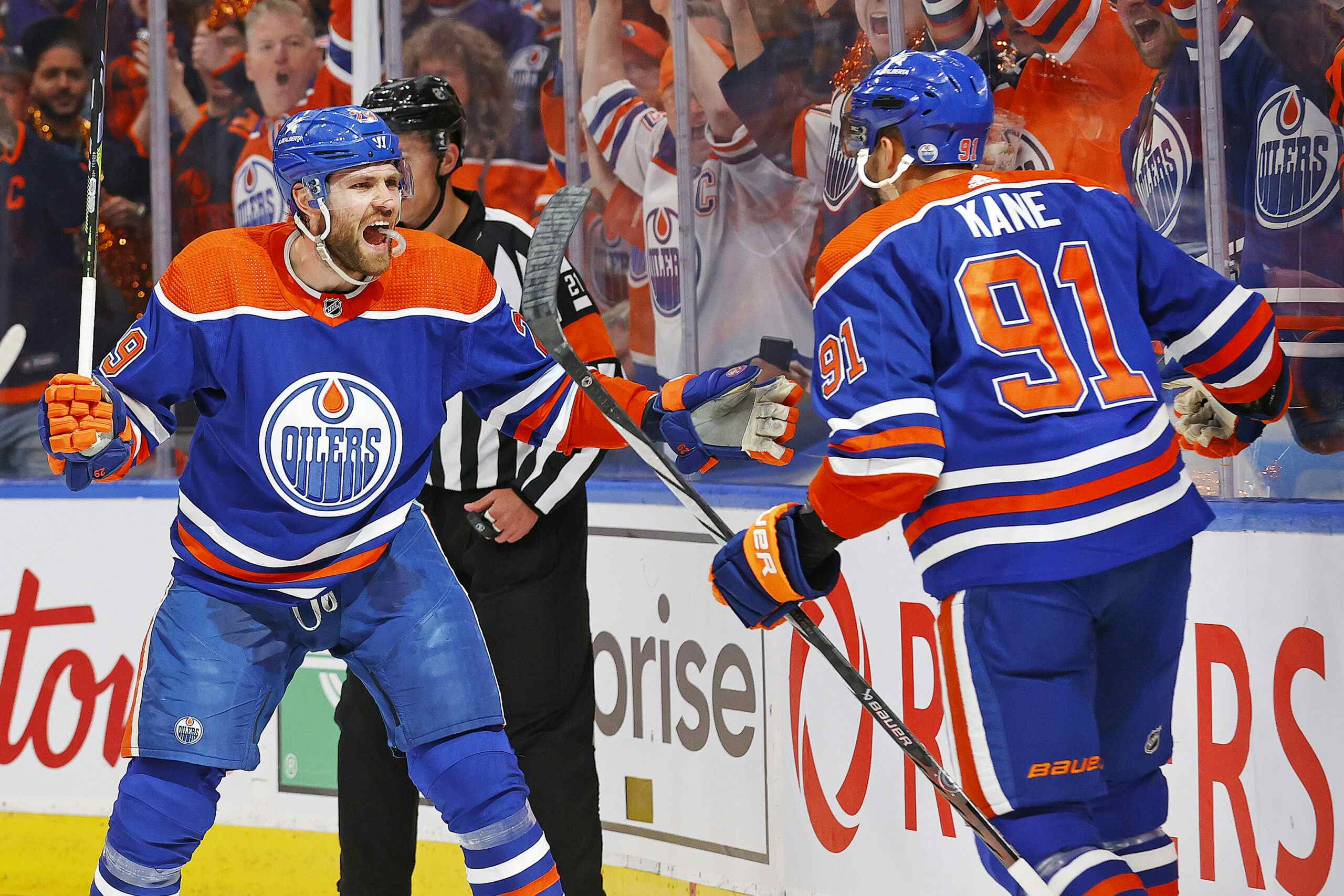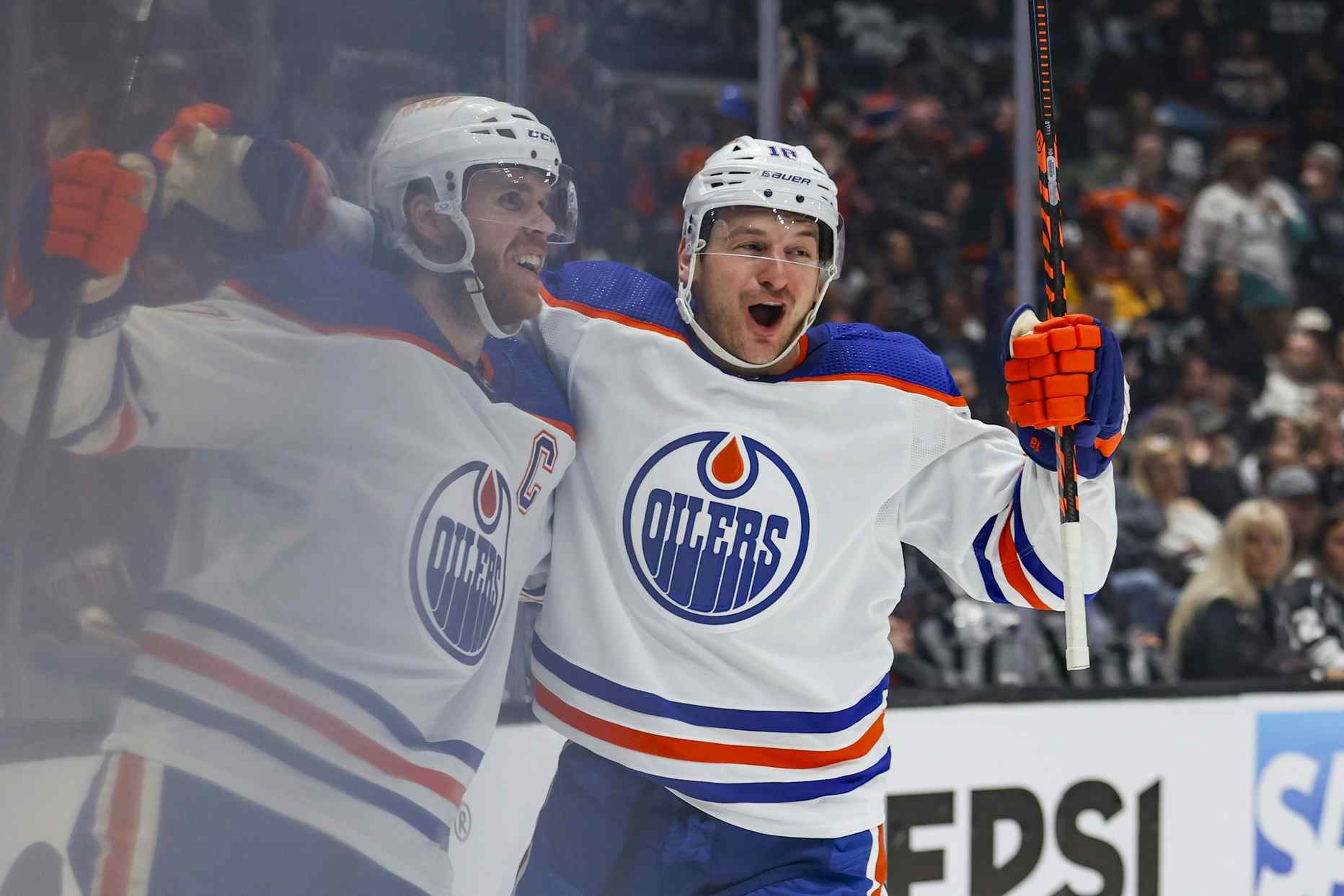Out of Time

The NHL gives every team a finite amount of time to determine whether its draft picks are NHL-ready or not – as a rule, three years of professional hockey for skaters and four for goaltenders. After that, those players become waiver-eligible and any team in the league can take them.
For the Edmonton Oilers, that means decisions need to be made on a number of significant minor-league prospects, or else there is a risk of losing them for nothing.
The List

As I read the CBA, the following group of players are to be waiver-eligible next season for the first time:
- Mark Arcobello
- Curtis Hamilton
- Roman Horak
- Anton Lander
- Andrew Miller
- Tyler Pitlick
Taylor Fedun would also normally be eligible, but it seems that NHL preseason games don’t count as professional games for the purposes of waiver exemption, and he was injured before playing a regular season or playoff game in 2011-12. By that interpretation, he has another year of exemption from waivers before the Oilers have to worry about someone grabbing him.
What It Means

For some of these guys, this doesn’t really mean a lot. Curtis Hamilton has finally started turning a corner, but he’s fought injuries again too and has an unimpressive track record; it’s probable the Oilers can waive him without worrying about losing him. Andrew Miller is in a similar situation; he hasn’t made the case that the Oilers need to promote him and it’s likely other teams will see things the same way. Roman Horak’s credentials are a little more impressive, but not enough to worry about; every team tries to sneak guys like Horak through waivers. The Oilers have the option of parting with all of these guys as restricted free agents; I expect they’ll be re-signed but it isn’t guaranteed.
Mark Arcobello is a bit of a concern, but potentially not for the Oilers. He will hit Group Six unrestricted free agency this summer, so it’s entirely possible he won’t be returning to Edmonton.
There are two guys worth worrying about here: Anton Lander and Tyler Pitlick.

Lander is a guy I have talked about at some length recently. At the AHL level he’s a high-end two-way centre; he’s the Barons best penalty killer, plays on the power play and centres a power-vs.-power line. He’s responsible in his own end, a character player and this year he’s emerged as a point-per-game weapon in the minors – despite getting very little help since the departure of Linus Omark.
Lander’s a controversial player because that offence hasn’t been evident in the NHL, but the vast majority of his NHL experience has come on either a terrible fourth line (no pivot on the team has been able to make that line effective) or in 2011-12 when Lander was clearly not ready for the majors. If it were up to me, Lander would see some NHL time with real players after the trade deadline.

Pitlick is a few months younger than Lander, and a much less impressive player in the minors. What he does have is a nice blend of skills. He has reasonable size (listed at 6’2”, 196 pounds), exceptional speed, a heavy shot and a willingness to finish his checks. He’s a guy whose natural talents might move him to the NHL ahead of some more complete players because he has the speed to keep up while those other guys don’t (Martin Marincin, who has great talent but had rough edges in the AHL, is a good example of this). Like Lander, he’s a good option for trial minutes after the deadline.
Why It Matters

There are a lot of reasons I’m pushing for cameos for both Lander and Pitlick, but the biggest two have to do with my view of NHL fourth lines and the players who inhabit them.
For one thing, fourth lines should be cheap. This is one of the few areas where a team can save itself some money to use elsewhere, so ideally at least two of the three guys on the fourth line should be carrying six-figure cap hits (I have some time for the 10th forward, the guy who moves up in event of injury, being paid at a premium).

Currently, the Oilers’ fourth line of Luke Gazdic, Ryan Smyth and Ryan Jones comes at a cap hit of just under $4.4 million. Assuming modest raises across the board for Pitlick, Lander and Gazdic, that number could be $2.5 million next season; that’s almost $2.0 million the Oilers can spend somewhere else. Edmonton could probably save even more money if they offered one-way deals to Lander and Pitlick; say matching two-year, $650,000 contracts, which would trim another $500,000 off the books.
The other big point is that the talent gap between ‘first-line AHL player’ and ‘fourth-line NHL player’ is awfully small, and because of that aging curves matter a lot. Ben Eager very quickly went from ‘solid fourth-line player’ to ‘AHL depth option’ and it’s something that happens to a lot of fringe NHL’ers as they get into their late 20’s and beyond.
A team that plans on guys like Lander and Pitlick making the jump isn’t getting Lander and Pitlick as they are now; it’s getting those guys plus whatever incremental improvements they make over the summer and coming into next season. A team signing Ryan Jones isn’t getting him as he is now; it’s getting him minus whatever incremental losses his game suffers over the summer as he turns 30. And given that in the AHL there was basically no gap between Jones and Pitlick, that matters a lot.
It’s not about the second round picks spent adding these players, and it’s not about the time spent on their development. It’s about adding cheap help on the upswing rather than expensive help on the decline. The Oilers aren’t going to find better end-of-roster options for less money than Lander and Pitick, so they may as well make use of them.
Recently by Jonathan Willis
Recent articles from Jonathan Willis





